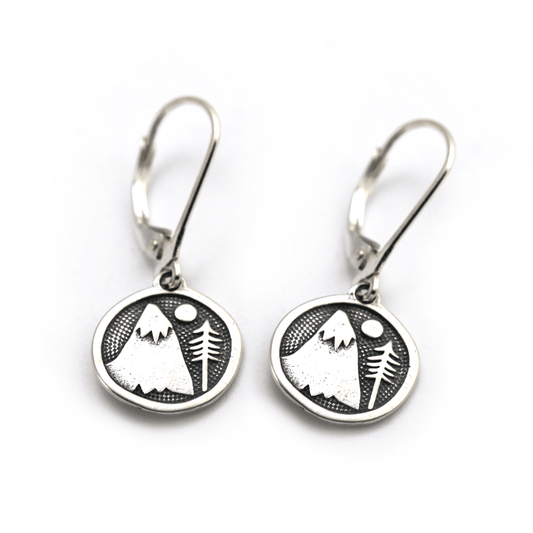Introduction:
National parks are treasures of natural beauty and ecological diversity that attract millions of visitors each year. However, their popularity has reached unprecedented levels, leading to a phenomenon known as over-tourism. While it's wonderful that people want to experience the wonders of these parks, the excessive foot traffic, air pollution, and noise disturbances caused by this influx of visitors are taking a toll on the delicate ecosystems. In this month of the trailblazers blog, we'll explore the detrimental effects of over-tourism on national parks, particularly the implications of foot traffic, air pollution, and noise pollution. Furthermore, we'll discuss the crucial role of sustainability, conservation efforts, and ongoing support in safeguarding these cherished landscapes for future generations.
1. Foot Traffic: Trampling on Fragile Ecosystems
One of the immediate and visible impacts of over-tourism is the increased foot traffic within national parks. As the number of visitors rises, the delicate flora and fauna (i.e. the local plant life and wildlife) of these areas face significant disruption. Constant trampling can damage vegetation, disturb wildlife habitats, and erode soil. The trails that once allowed visitors to enjoy the parks without harming their surroundings can become wider, leading to further degradation of the natural landscape. One of the ways that the national parks in recent years has sought to combat this is by issuing a limited number of passes for entrance into national parks on any given day, allowing them to control the degree of traffic in the parks at any given time.
2. Air Pollution: Jeopardizing Air Quality and Health
Over-tourism brings with it increased vehicular traffic, which results in higher levels of air pollution. Exhaust emissions from cars, buses, and other vehicles contribute to the deterioration of air quality in and around national parks. This pollution not only affects the respiratory health of visitors but also poses a significant threat the surrounding environment. Airborne pollutants can settle on plants, impairing their ability to photosynthesize and negatively impacting their overall health. One way that this can be addressed is by offering incentives to park visitors that use EV transportation. As well as transitioning any major shuttle services in use of either the national parks or local tourism agencies to EV's.
3. Noise Pollution: Disturbing the Peace of Nature
The tranquility of national parks is a vital component of their allure. However, over-tourism disrupts this serenity with noise pollution. The constant hum of vehicles, the chatter of large crowds, and the use of recreational equipment can all disturb the natural soundscape, causing stress to wildlife. Animals may alter their behavior patterns, such as feeding and breeding, to avoid areas with high noise levels. This disturbance can have long-term effects on the ecological balance and disrupt the delicate harmony that exists within these environments.
Fun Fact: Back in 1995 the grey wolves were reintroduced to yellowstone national park and just now, years later, we are seeing the positive impact on the surrounding ecosystem, Learn More Here
Implications for Sustainability and Conservation:
The impact of over-tourism on national parks goes beyond immediate environmental concerns. The sustainability and long-term viability of these areas are at stake. The fragile ecosystems within national parks have evolved over centuries, and the undue stress caused by excessive foot traffic, air pollution, and noise disturbance hampers their ability to regenerate. This not only affects the biodiversity of the parks but also diminishes their aesthetic appeal and potential for future generations to enjoy.
Preserving these natural wonders requires a collective effort from visitors, park management, and governing bodies. Strategies such as visitor education, controlled access, and the development of sustainable tourism practices are essential for minimizing the impact of over-tourism. It is crucial to strike a balance between promoting access to these parks and protecting their ecological integrity.
To combat the dangers posed by over-tourism, ongoing conservation efforts must be supported and strengthened. National parks rely on dedicated conservation organizations, governmental bodies, and passionate individuals who work tirelessly to protect and restore these precious ecosystems. Funding for conservation initiatives, research programs, and effective management strategies is vital to ensure the long-term viability of national parks. Thats why at Tarma we give 1% back of every sale to support conservation efforts just like these. Because, like we like to say around here at Tarma: When sustainability comes first, it creates a culture of conservation, for the sake of preservation, for generations to come.
Written by Jordan Olesen









